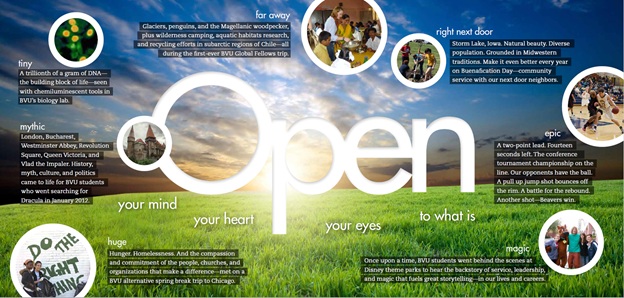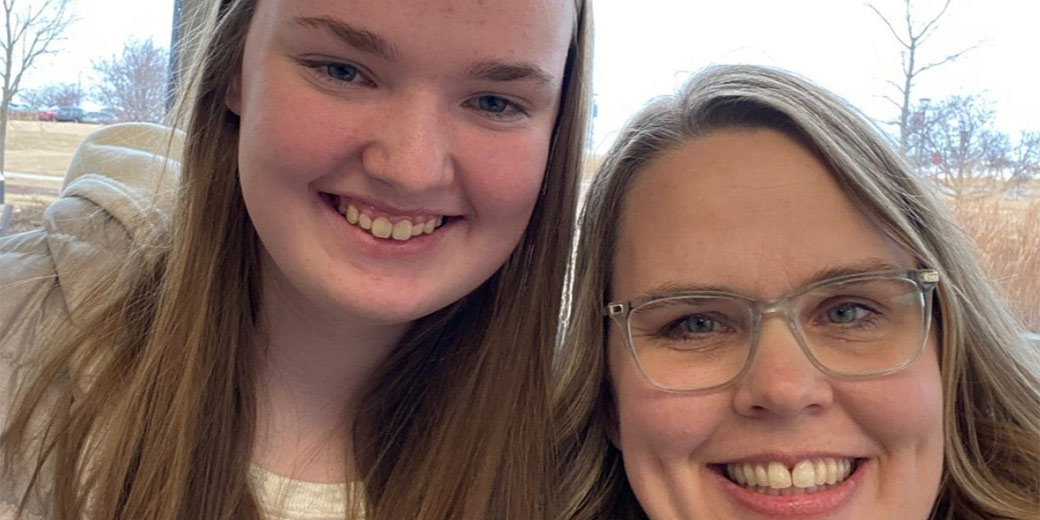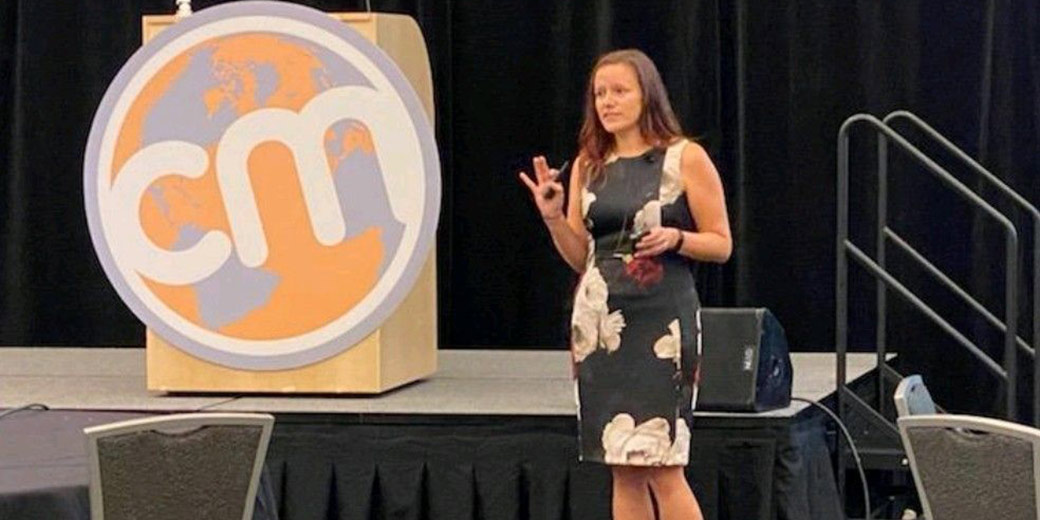Category: Content
-

Our Empty Words
-

How Teens Use College Websites: A Fast-Scrolling User Journey
-

3 Gen Z Communication Tips for Marketers
-

6 Content Strategy and Marketing Trends to Expect in 2022
-

How to Attract the Best Talent in a Challenging Hiring Market
-

Higher Education Podcasting: Start With These 7 Steps
-

How to Create Successful News Stories for Your Organization
-

7 Ways to Harness the Power of Storytelling
-

How to Find Good Stories in Healthcare
-

Accelerated Content Pathways